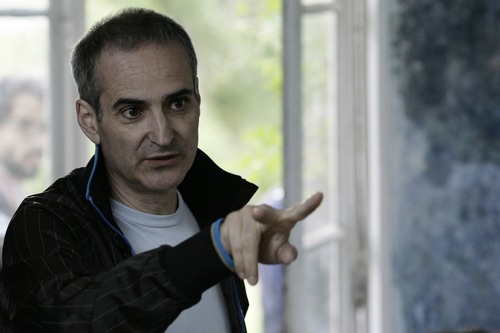
Olivier Assayas has spindly limbs, wears terrific T-shirts, and speaks softly and rapidly, with convulsive energy and a nervous stutter that suggests nothing so much as fleeting blockages in an otherwise steady deluge of ideas desperate to be liberated from his brain. He is 58 years old and one of the most youthful and prolific artists I have known. He grew up in Paris in the 1970s, in the wake of the preceding decade’s tumult, and was a painter and a critic before he made films. His youthful struggles to balance the dictates of the era’s radical leftist ideologies with those of his own artistic ambitions form the foundation for his latest film, the eloquent and ebullient, suffuse and semi-autobiographical Something in the Air. These struggles are also the subject of his memoir A Post-May Adolescence: Letter to Alice Debord, which was published in English translation last year by Wallflower Press. Assayas’ other films include Cold Water (1994), Irma Vep (1996), demonlover (2002), Clean (2004), Summer Hours (2008) and Carlos (2010). Our conversation took place amidst the creaking elegance of Toronto’s Fairmont Royal York Hotel and was lubricated by several glasses of Bordeaux.
You have reached your article limit
Sign up for a digital subscription and continue reading all new issues, plus our entire archives, for just $1.50/month.
Already a subscriber? Sign in




